26 Dec Introduction to Plant Assets Financial Accounting
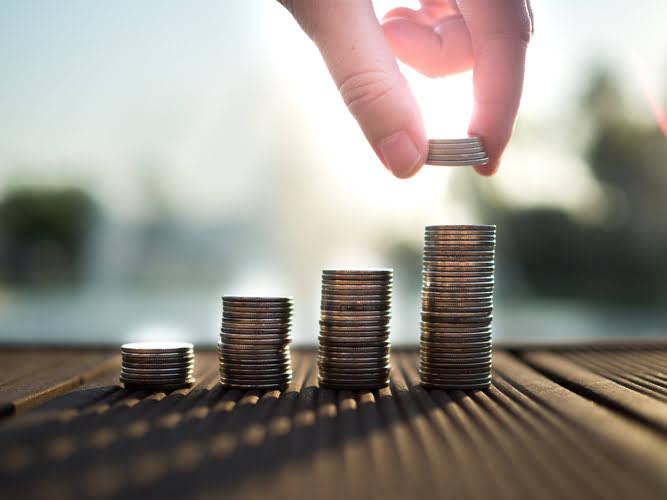
These assets are presented on the balance sheet in order of their liquidity, meaning how quickly they can be converted to cash. Their short-term nature makes them important for evaluating a company’s ability to cover its immediate financial obligations. Current assets are crucial as they ensure a company can meet short-term obligations and maintain smooth operations.
Current Assets vs. Noncurrent Assets Example
To be classified under the category of this kind of asset, it should be of tangible nature, which means that it should have the feature of being seen or touched. The next plant assets characteristics is that it should be able to provide benefit to the business for more than one year. Financial statements provide a view of a company’s resources and obligations.
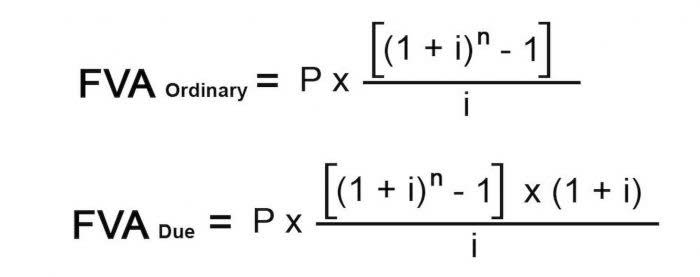
Importance of Asset Classification
This categorization reinforces its importance in sustaining the working capital required to operate day-to-day business activities. B2B companies often extend credit terms of 30, 60, or even 90 days, allowing clients the flexibility to pay over time; however, this also stresses the need for efficient invoice collection. Efficient management, including rapid invoicing post-service delivery and timely follow-ups on dues—preferably within 60 days—is critical to converting receivables into cash quickly. Moreover, companies routinely adjust for potential uncollectible accounts through the Allowance for Doubtful Accounts, ensuring a realistic valuation of this asset class.
- The presentation of these assets provides valuable information for reviewing a company’s financial health.
- Another key characteristic is their role in supporting day-to-day operations, promoting financial agility.
- There are different ways through which a company can provide for reducing the cost of the asset.
- Instead, land is a permanent asset; it sticks with a company for many years.
- Depreciation is the wear and tear of the asset, which occurs due to its daily usage.
- On the balance sheet, they indicate liquidity, while also underpinning the calculation of key financial ratios such as the current ratio and quick ratio.
- Plant assets are an important part of a company’s financial structure, representing the tangible resources a business uses to generate revenue over an extended period.
Classification of Land on Balance Sheets
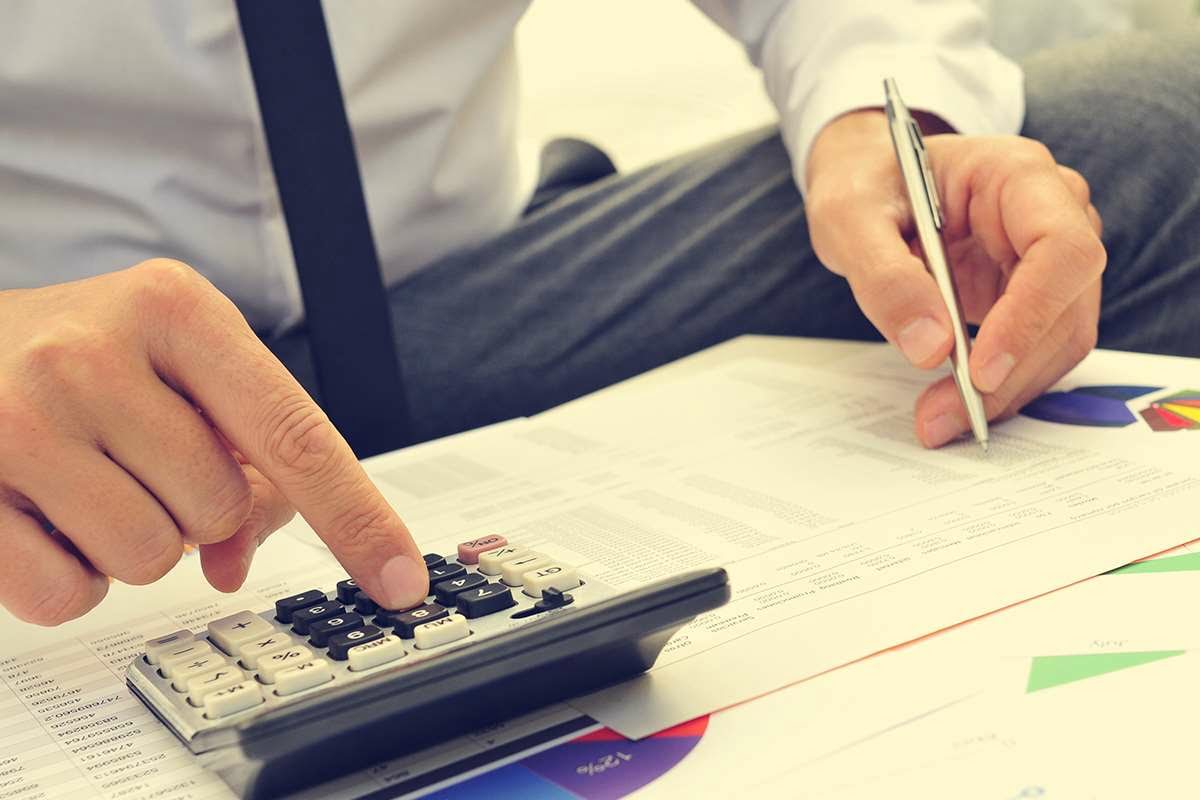
Accurate classification of assets on the balance sheet is important for several reasons, impacting financial analysis and decision-making. Correct categorization allows investors and creditors to accurately assess a company’s liquidity, which is its ability to meet short-term financial obligations. Financial ratios, such as the current ratio (current assets divided by current https://makro.websitesunum.com.tr/car-dealership-accounting-a-guide-to-automation/ liabilities), rely on this classification to provide insights into a company’s short-term financial health.
Premium Investing Services
Therefore, the company would record the machine at £110,000 as the initial cost. She holds a Bachelor of Science in Finance degree from Bridgewater State University and helps develop content strategies. Charlene Rhinehart is a CPA , CFE, chair of an Illinois CPA Society committee, and has a degree in accounting and finance from DePaul University. David is comprehensively experienced in many facets of financial and legal research and publishing. As an Investopedia fact checker since 2020, he has validated over 1,100 articles on a wide range of financial and investment topics.
They have physical form and are used in operations to generate revenue over an extended period, not for short-term resale. Their long-term nature, typically exceeding one year, means they do is plant assets a current asset not meet the criteria for current assets. The company’s inventory also belongs in this category, whether it consists of raw materials, works in progress, or finished goods. All these are classified as current assets because the company expects to generate cash when they are sold. Noncurrent assets are a company’s long-term investments, and cannot be converted to cash easily within a year.
Accounting
- However, it’s crucial to balance these assets against current liabilities to assess the overall financial stability.
- Property, such as a factory building, is a non-current asset because its purpose is to facilitate long-term manufacturing operations, not to be sold off quickly for cash.
- Current assets are economic resources a business expects to convert into cash, sell, or consume within one year or within its normal operating cycle, whichever period is longer.
- Instead, they are acquired to support the ongoing production of goods or services.
- Investors and creditors use this information to make informed decisions regarding investments or the extension of credit.
This decline is recognized through depreciation, which allocates the asset’s cost over its estimated useful life. This process matches the expense of using the asset with the revenues it helps generate. Accumulated depreciation is a contra-asset account that reduces the original cost of the asset on the balance sheet, showing its remaining book value. Depreciation is the periodic allocation of an asset’s value(cost) over its useful life. The basic principle working behind the depreciation of assets is the matching principle.

Cash and Cash Equivalents
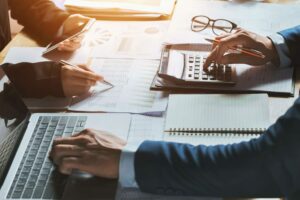
Examples include adding extra storage to a warehouse, upgrading lighting systems, or installing additional security features. Improvements are often considered separate assets because they represent a new investment beyond the original purchase. These investments help businesses maintain modern, efficient, and safe work environments, especially as they grow or modify operations.
Depreciation Expenses: Definition, Methods, and Examples
Financial statements must be generated with specific line items that create transparency for interested parties. One of these statements is the balance sheet which lists a company’s assets, liabilities, and shareholders’ equity. Generally, Accounts Receivable Outsourcing a company’s assets are the things that it owns or controls and intends to use for the benefit of the business. These might be things that support the company’s primary operations, such as its buildings, or that generate revenue, such as machines or inventory. Noncurrent assets are depreciated to spread their costs over the time they are expected to be used.
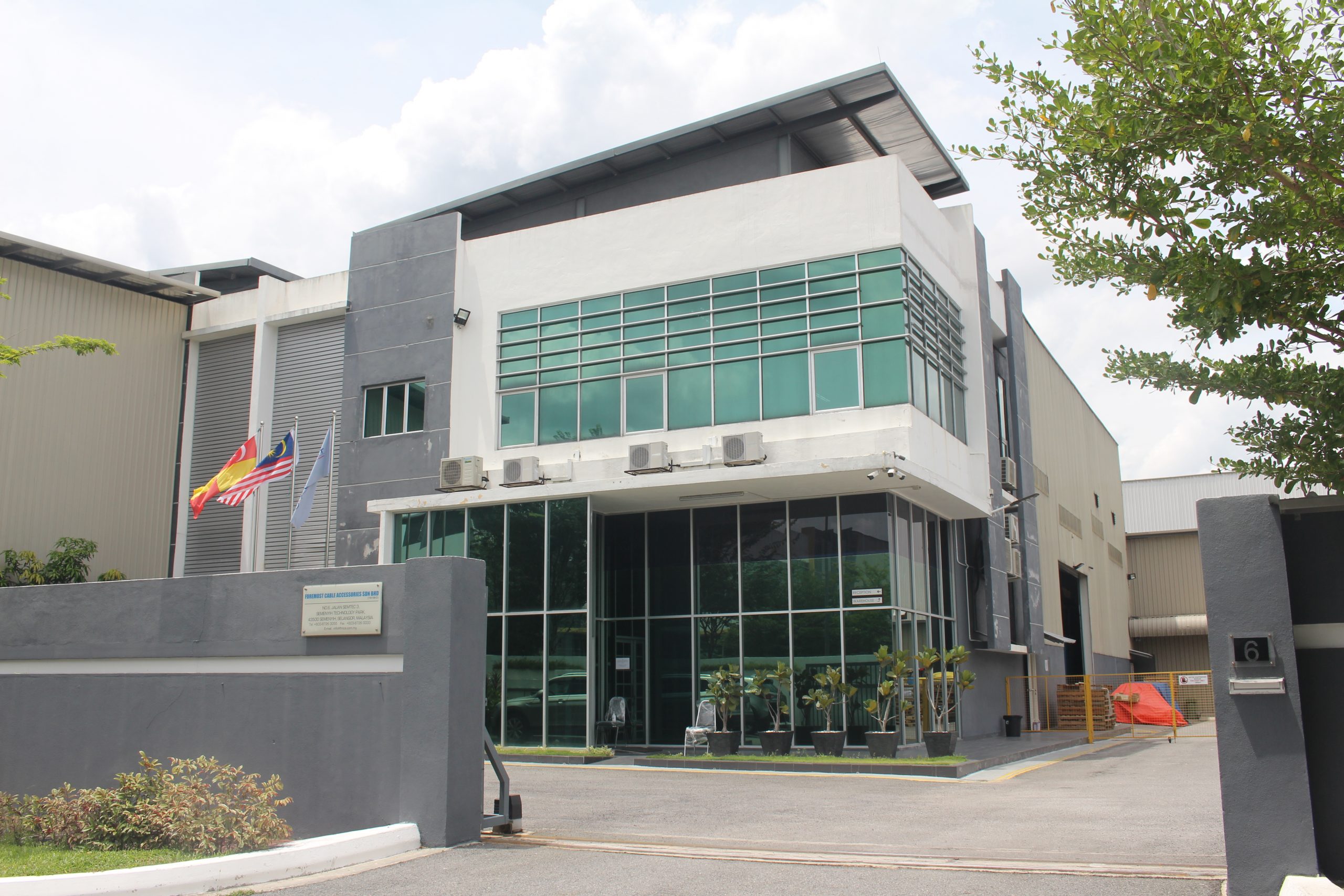



Sorry, the comment form is closed at this time.